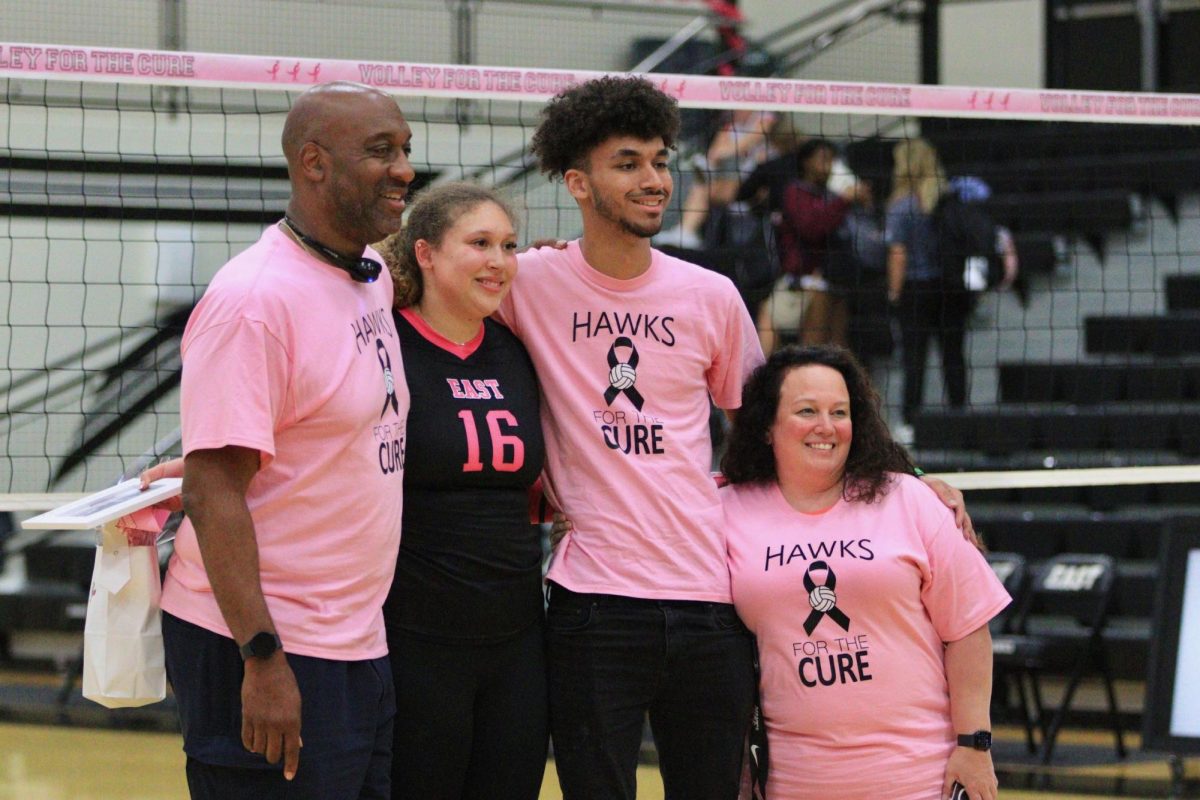By Victoria Negron | Art by Julia Sanders
Assigned female at birth, Caleb Essenthier, a transgender man living in Philadelphia began to come into his own at 17. At this point, he started to dress in masculine clothing, unaware of the struggle he would face every time he went to the bathroom. Upon entering either the men’s or women’s bathroom, he faced hostility and intimidation to a point that his partner would “visibly relax” upon seeing that he left the bathroom safely.
“It’s as simple as not thinking so hard about a basic need,” Essenthier told PhillyVoice publication. “[Both bathrooms] are a hostile place for me to be. People would worry about their kids seeing a trans person in the bathroom. They’d rather I get a bladder infection than let their kid know I exist.”
Forcing an individual to conform to the gender binary can cause dysphoria for certain people. Gender dysphoria is the formal diagnosis used by psychologists and physicians to describe those who experience significant discontent with the gender they were assigned at birth. Those who suffer dysphoria often isolate themselves from their peers and develop anxiety or depression. By pushing non-cisgender individuals to make a choice based on the gender binary could lead to worsened symptoms of dysphoria.
Gender expression does not always equal gender identity. Expression ranges from feminine to androgynous and everywhere in between. Only 25-30 percent of transgender people have sexual reassignment surgery, leaving a majority of transgender individuals with genitalia that may not line up with their gender identity. As a result, both binary and nonbinary transgender individuals may have physical differences that don’t correlate with current gender normalities. This leaves many subject to harassment on a daily basis when trying to use gender-specific restrooms.
“It’s intimidating in a different way,” said Essenthier. “I face different territory—turf with seldom-verbalized rules about interaction. On occasion [someone] will ‘clock me’ in a confrontal way, which makes me feel even more physically unsafe.”
Gender expression does not always equal gender identity.
The opposition to gender neutrality in bathrooms has questioned the “special privileges” that the transition would bring for transgender individuals. Gender-neutral restrooms are not just beneficial to members of the transgender community. They also benefit all who fall under the nonbinary umbrella, including agender, genderfluid, genderflux and gender-questioning individuals. Parents who have children of a different gender also benefit by having a safe space where they can be with their child. Disabled individuals with caretakers of a different gender would have a space to be safe with those caring for them.
“There are a lot of single-parent families that need adequate resources,” said John Locke, a student government representative at the University of Houston. “A gender-neutral bathroom would be beneficial to them. There are also many differently-abled [individuals] who require the work of caretakers or assistants. If their caretaker is of a different gender a gender-neutral bathroom could be a much needed asset.”
Those opposing the shift toward gender-neutral restrooms also bring forth the argument that women who have been sexually assaulted or raped would be fearful every time they enter a gender-neutral restroom. Creating a single-stalled restroom or simply changing the signs of family restrooms to be more inclusive eliminate this discomfort. A gender-neutral space will not eliminate pre-existing gender-specific bathrooms, allowing cisgender individuals to continue using the facilities they are most comfortable with while transgender individuals may now have their own space where they feel safe.
“The gendered system does not provide a meaningful obstacle to people who wish to commit acts of violence in bathrooms,” said transgender lawyer Dean Spade. “If a person wished to visit the ‘wrong’ restroom in order to harass or assault persons in that room, the gendered sign on the door would not protect against that.”
The current binary organization of bathrooms creates a form of social discrimination against those who don’t subscribe to the dichotomy. Individuals who don’t fit into the binary system consequently become defined out of existence. With the refusal to provide gender-neutral bathrooms comes the erasure of transgender individuals. Petitions coming forward from both sides of the issue show there is a prevalent need for laws to enforce the creation of gender-neutral facilities.
“As with race, restroom segregation reinforces social discrimination. It took laws to eliminate ‘whites only’ lavatories. It took laws to mandate handicapped toilets. It is taking laws to redress inadequate bathroom facilities for [transgender individuals],” said Martine Rothblatt, a transgender lawyer.
Strict adherence to the binary segregation of bathrooms in public spaces forces people to hide or be pushed into uncomfortable situations. A basic need that many don’t have to think about shouldn’t cause others unnecessary trepidation. Something so simple should not become something so difficult with which for people to grow accommodated. Facing hostility to the point that anyone with you “visibly relaxes” when you return safely from the bathroom is a sign that change is necessary for the protection of individuals who don’t fit into the current dichotomy of gender-specific restrooms.
































